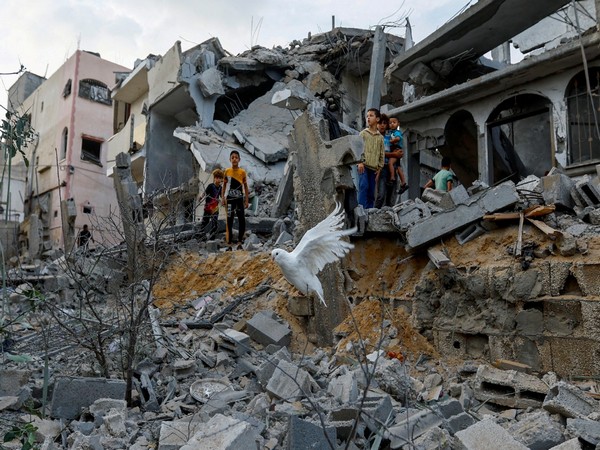Middle East Conflict: Analyzing the Complex Dynamics Post-Sinwar
The Middle East remains tense after the Gaza war with no solid consensus in Israel for a resolution. Despite Yahya Sinwar's death, Hamas retains its organizational strength. This conflict intensifies with regional players like Iran joining in, while a two-state solution seems challenging to achieve.

- Country:
- United States
The ongoing Middle East conflict continues to simmer, even after a year since the onset of the Gaza war. Political scientist Ian Bremmer underscores the absence of a clear consensus within the Israeli government to halt the fighting. Meanwhile, despite the loss of its hardline chief, Yahya Sinwar, Hamas maintains its structural integrity.
As the head of the Eurasia Group and GZERO Media, Bremmer, in an interview with ANI, noted that the October 7 attacks have considerably complicated efforts towards a two-state solution. However, global and regional entities show a renewed push towards sustainable solutions for the enduring Israeli-Palestinian crisis.
Bremmer acknowledged that Sinwar's death was symbolically significant for Israel, yet it doesn't signify the end of Hamas. On the contrary, Hamas continues to reject ceasefire terms identical to those in prior conflicts. Israeli Prime Minister Benjamin Netanyahu's appeal to Hamas to end hostilities adds another layer of complexity. His proposal underscores a divided Israeli perspective on the future control and governance of Gaza, echoing Bremmer's remarks on varied opinions within the Israeli administration and its potential international repercussions.
(With inputs from agencies.)
ALSO READ
Blinken Urges Israel to Secure Strategic Peace with Hamas
Israeli Military Kills Hamas Commander and UNRWA Staff Member
Hamas Seeks Russian Mediation for Palestinian Unity Government Talks
Blinken Urges Strategic Success as Israel-Hamas Conflict Intensifies
Strike in Gaza: Military Targets Hamas Command










